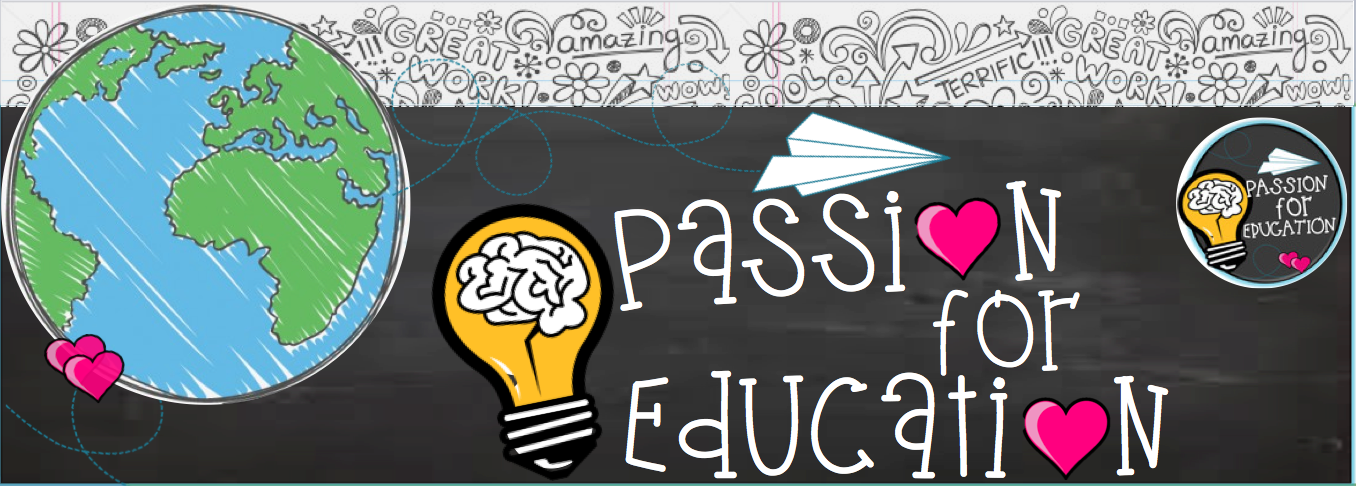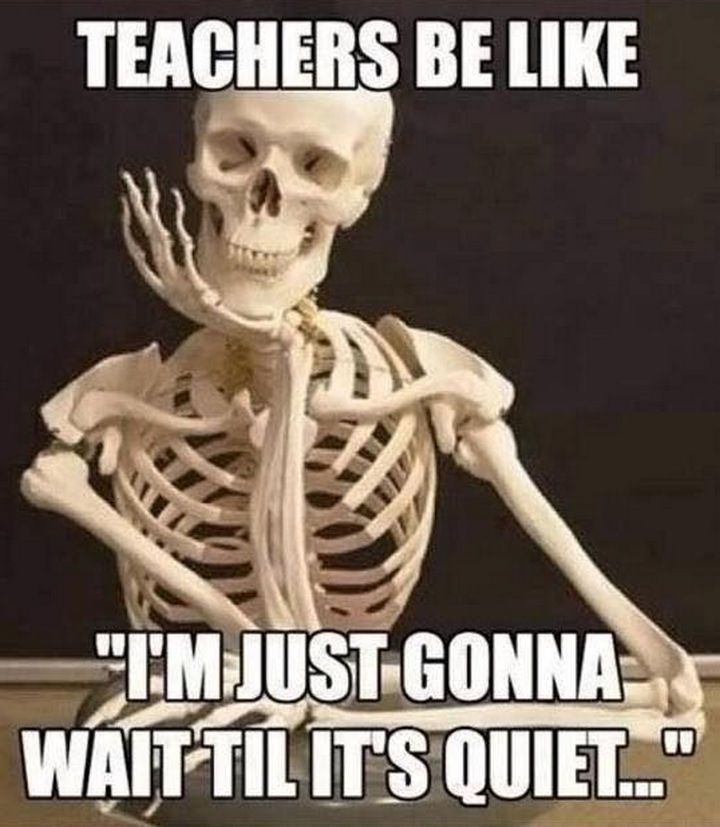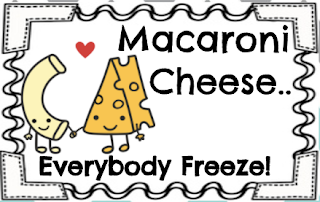Saturday, December 16, 2017
Friday, October 27, 2017
RACE STRATEGY (Restate, Answer, Cite Evidence, Explain)
Ughhhh! Okay, do I sound frustrated? Maybe. I think you would agree that when it comes to testing time, teachers revert to eye-rolling and grunting. Even more frustrating is that over the years, there has been a major shift in reading assessments. Students are no longer required to only choose between multiple choice questions, but are now expected to respond to a question with a written response....aka constructed response.
These tasks, open-ended questions (often described as performance assessments), require students to construct their own responses rather than select them from a set of given possibilities. And, if you are a typical student, this assessment may be the first time that you have been required to respond to a task by doing little more much more than filling in a bubble. Needless to say, if you are a typical student, responding successfully to such a task might prove daunting. Unfortunately, students are not experts in providing a thoughtful, well-designed constructed response.
Well, that is where the  strategy can help! The RACE strategy is a great way to guide and encourage students to write thorough and meaningful reading responses.
strategy can help! The RACE strategy is a great way to guide and encourage students to write thorough and meaningful reading responses.
 strategy can help! The RACE strategy is a great way to guide and encourage students to write thorough and meaningful reading responses.
strategy can help! The RACE strategy is a great way to guide and encourage students to write thorough and meaningful reading responses.
Although, the RACE strategy is a great way to break each component of a successful response into manageable chunks, students need scaffolded modeling of each component and meaningful practice to be successful. Below you will find the strategies I have used to be successful with my students.
First, share with students what the RACE strategy is and how each component can help them answer an open-ended question!
Next, help them to practice with each component.....
I use the PQA strategy, Put the Question in the Answer. I use task cards with opened ended questions to provide practice with the PQA strategy!
Answer the question thoroughly with details and examples by using the ANSWER strategy.
Cite evidence using details from the text and evidence based stems. Also, citing the author word-for-word using appropriate punctuations marks. I use short passages and open-ended question task cards to help students practice and apply citing evidence. You can download these task cards below for free.
Explain your thinking involves using background knowledge, experience, and connections to elaborate and deepen the response.
If you are looking for a fun and exciting way to teach your little monsters lovelies how to use the  strategy, click on the Race Strategy: Weird but True Animal Edition. You'll find a great presentation, student companion sheets, posters, task cards, weird but true articles, and graphic organizers!!
strategy, click on the Race Strategy: Weird but True Animal Edition. You'll find a great presentation, student companion sheets, posters, task cards, weird but true articles, and graphic organizers!!
 strategy, click on the Race Strategy: Weird but True Animal Edition. You'll find a great presentation, student companion sheets, posters, task cards, weird but true articles, and graphic organizers!!
strategy, click on the Race Strategy: Weird but True Animal Edition. You'll find a great presentation, student companion sheets, posters, task cards, weird but true articles, and graphic organizers!!Sunday, September 24, 2017
Class Management & Attention Grabbers
“Quiet Down! I'll just wait until you are finished talking!" Well, this happens sometimes more than I'd like it to happen. While my monstrous lovely kiddos are chatting away, I turn into a real-life skeleton!
Being able to effectively manage behavior can be one of the biggest challenges for teachers. Okay, I admit it....sometimes I would like to just pull my hair out.....NO, BANG MY HEAD ON THE WALL..... find a few strategies to help grab my students' attention and keep it!
I will share some strategies that have worked in my classroom to improve behavior management and keep kids focused during lesson time .
1. Novelty successfully captures young students' attention, such as the sound of a wind chime or rain stick. Also, you can try telling your kiddos, "Pop a marshmallow in." Next puff up your cheeks, and the kids follow suit. It's hard to speak with an imaginary marshmallow filling your mouth.
2. An equally imaginative approach involves filling an empty Windex bottle with lavender mineral oil, then relabeling the bottle "Quiet Spray." Or you can blow magic "hush-bubbles" for a similar impact.
3. If you want to go electronic, check out Super Sound Box, Class Dojo, or the Too Noisy App -- an Apple and Android tool that determines noise level and produces an auditory signal when voices become too loud.
4. Getting Your Students’ Attention: The Psychology Behind Pattern Interrupt. The basic idea behind pattern Interrupt is you are breaking someone’s pattern or behavior by interrupting them with an unexpected stimulus. So, how does this work in the classroom? How can Pattern Interrupt be used as a teaching strategy? Imagine a teacher standing in a room full of chatting students. The teacher can’t get their attention, so s/he suddenly breaks out in a dance, singing Peanut Butter Jelly Time. Now what do all the children start doing, they start singing in unison...peanut butter, jelly time... peanut butter, jelly time. Now that you have captured their attention, you can proceed with your lesson.
Below, you will find some of my favorite pattern interrupt sayings.... and you can also find 40 posters with Attention Grabbers at my TPT store!
Get these COOL Attention Grabbing Posters
by clicking on the image!
Wednesday, August 16, 2017
What's Inside?: Conferring Toolkit Must Haves!
What's Inside: Conferring Toolkit Must Haves!
The beginning of the school year holds varying levels of excitement and stress! It is the time of year when every teacher is preparing their classroom to build the foundation for a warm, engaging, and rigorous environment. But, let's not RUSH things here...we have more time to go into best practices. Before we can model and support readers we must prepare for them. That's where setting up your conferring toolkit with the right tools comes into place!
What YOU can Include:
-iPad
-Conferring binder (Look for my upcoming post on what to add to your binder!)
-Small Expanding File Wallets to store Stop & Jots
- Stop & Jot bookmarks and mini-posters to support students (RESPONSIVE TEACHING)
- Various sizes of Sticky & Flag Notes
-Highlighters, markers, pens, pencils, erasers, paper & binder clips, small stapler, etc….
-Dry erase board & markers (for modeling strategies)
-Index cards
-Ink pads and stamps with fun messages
-Extra reading tools that have been taught (thinkmarks, speech and think bubble sticks, pointer fingers, alphabet charts etc...)
Now that you have seen inside my conferring toolkit, what will you put in yours?
Subscribe to:
Posts (Atom)
































